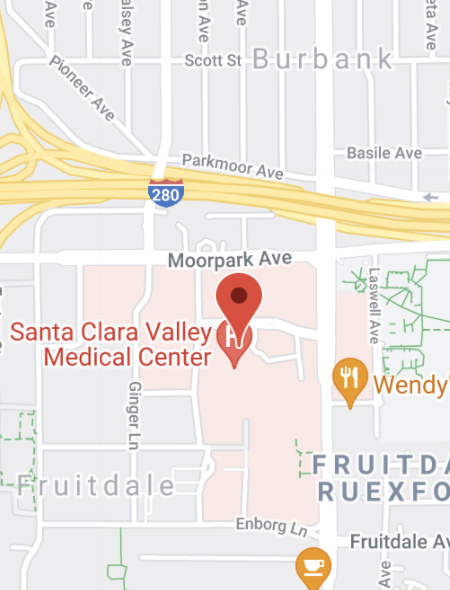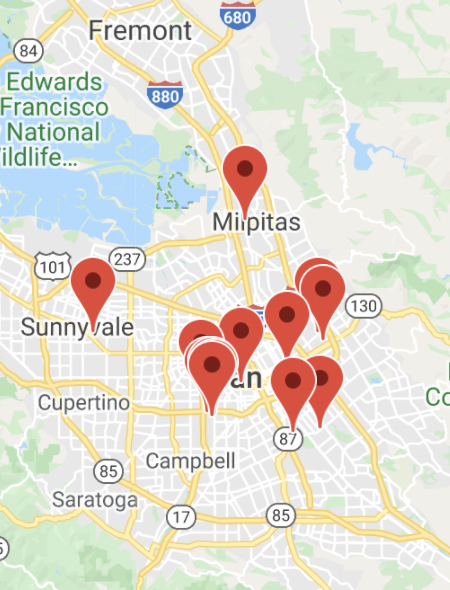Continuing Medical Education Program
Cultural Linguistic Competency
California legislature AB1195 which states that as of July 1, 2006 all Category 1 CME activities that relate to patient care must include a cultural diversity/linguistics component
IMPORTANT: The CME committee is responsible for ensuring that every activity reviewed has some sort of component that addresses CLC. See below.
NOTE: Regularly scheduled conferences (RSCs) are activities presented by hospitals and other types of providers that have a professional staff. Examples of RSCs include tumor boards, M&Ms, grand rounds, etc., that often are presented weekly, biweekly or monthly. RSCs often are approved as a series and each series is considered one educational activity. In this case, rather than requiring a cultural and linguistic competency component at each session, IMQ/CMA expects cultural and linguistic competency will be included in the overall activity planning. This can be done by incorporating cultural and linguistic into appropriate sessions or by sessions dedicated to cultural and linguistic competency.
Exempt Courses
Law does not apply to all CME courses. A CME course dedicated solely to research or other issues that does not include a direct patient care component is not required to contain curriculum that includes CLC. All other courses are considered nonexempt.
Non-exempt Courses
- Courses will be expected to have an educational component that addresses cultural and linguistic competency.
- The term “course” refers to any continuing medical educational activity designated for AMA PRA Category 1 Credit(s)ä by an accredited provider
- Live activities (e.g., live courses/meetings/conferences, regularly scheduled conferences, live Internet/Intranet searching and learning activities, journal-based CME, and journal-based manuscript review)
- Enduring materials that are approved after July 1, 2006 (e.g. Internet activities, journal-based CME, journal-based manuscript review and any other enduring material).
If there is relevant cultural diversity information relating to age, gender, race, socio-economics, sexual orientation, religion, language, ethnicity, etc., that impacts the care of patient(s) you are required to include it in your presentation.
Cultural Competency
Activities must address at least one or a combination of the following:
Applying linguistic skills to communicate effectively with the target population
Utilizing cultural information to establish therapeutic relationships
Eliciting and incorporating pertinent cultural data in diagnosis and treatment
Understanding and applying cultural and ethnic data to the process of clinical care
Linguistic Competency
The ability of a physician and surgeon to provide patient who do not speak English or who have limited ability to speak English, direct communication in the patient’s primary language.




